Search Results
23 Results Found For 'tyne and wear'.

Tyne And Wear
North East Aircraft Museum

Tyne And Wear
Sunderland Empire
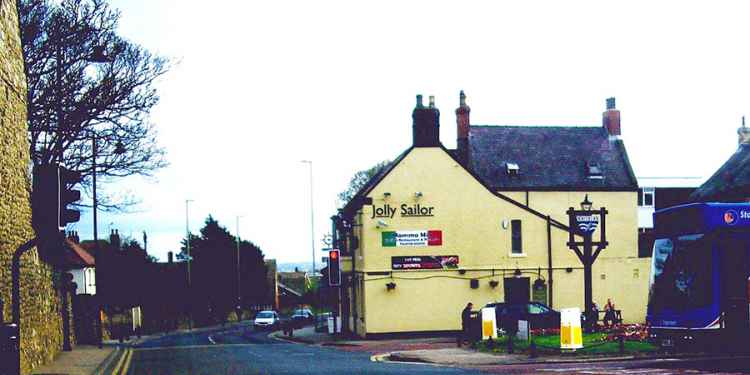
Tyne And Wear
The Jolly Sailor
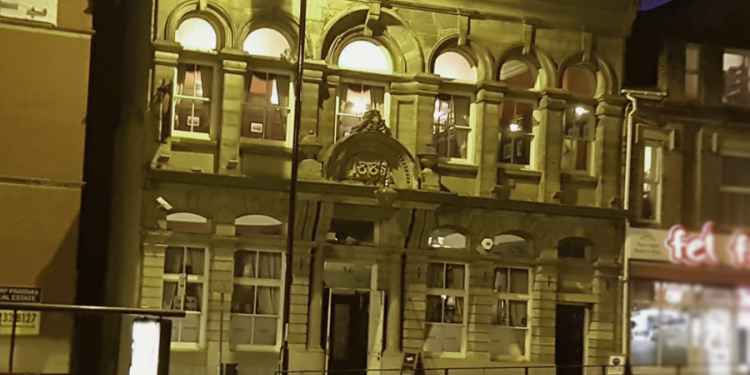
Tyne And Wear
The Ship Isis
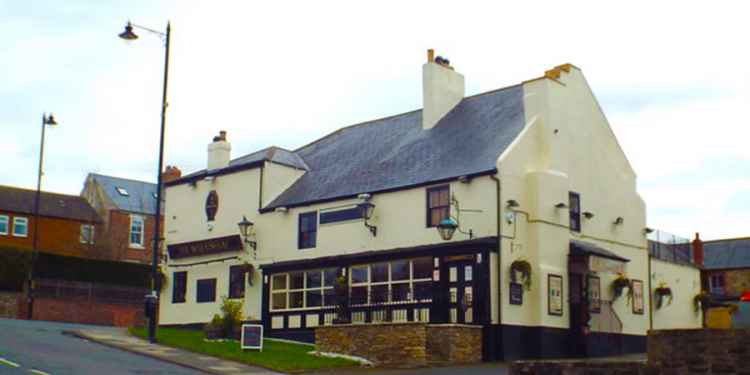
Tyne And Wear
Wheatsheaf Inn

Tyne And Wear
Queen Street Masonic Temple
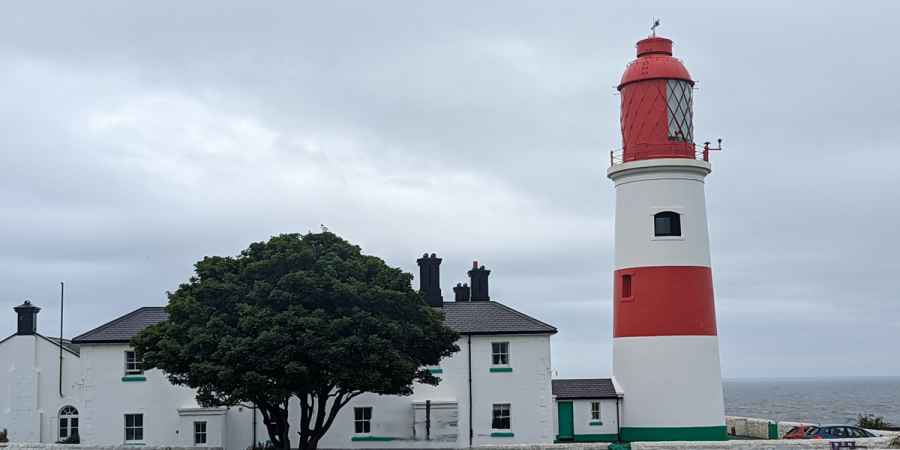
Tyne And Wear
Souter Lighthouse
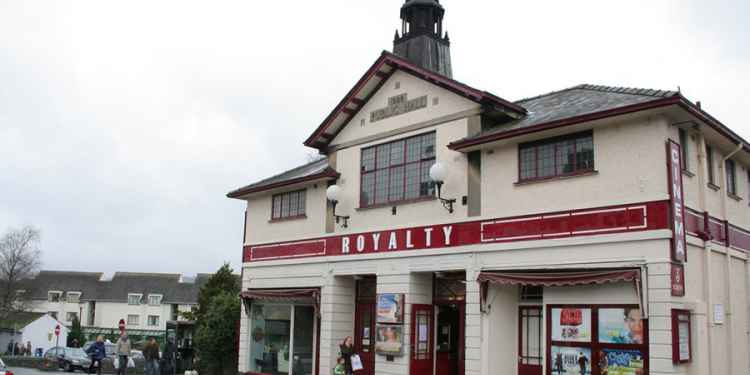
Tyne And Wear
Royalty Theatre
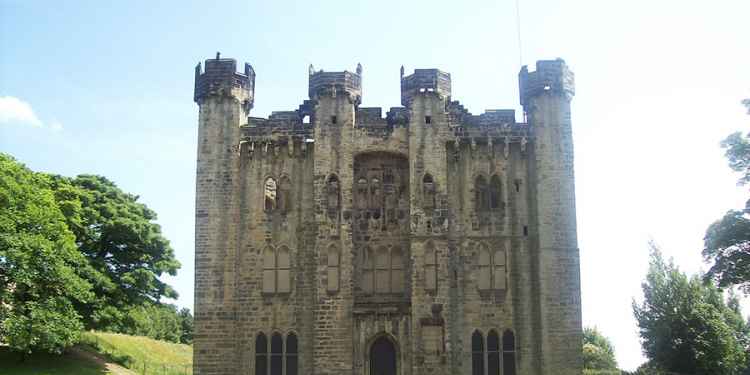
Tyne And Wear
Hylton Castle
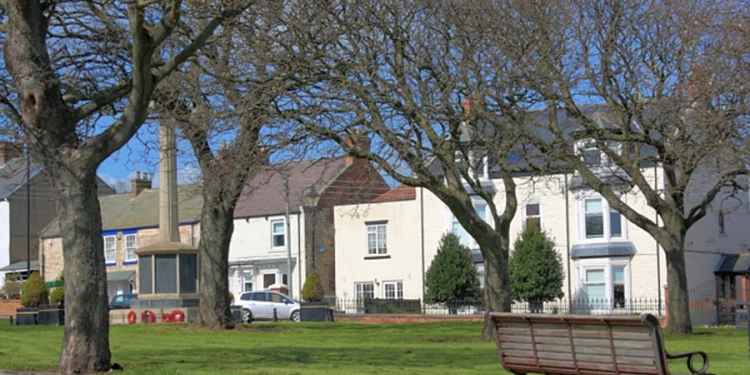
Tyne And Wear
Ryhope Green Crossroads
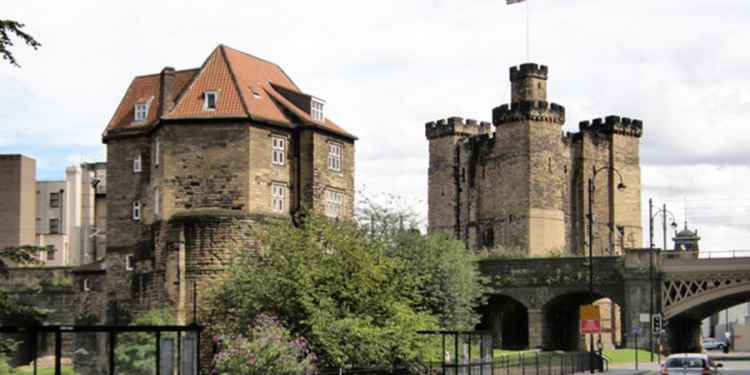
Tyne And Wear
The Castle Keep & Black Gate
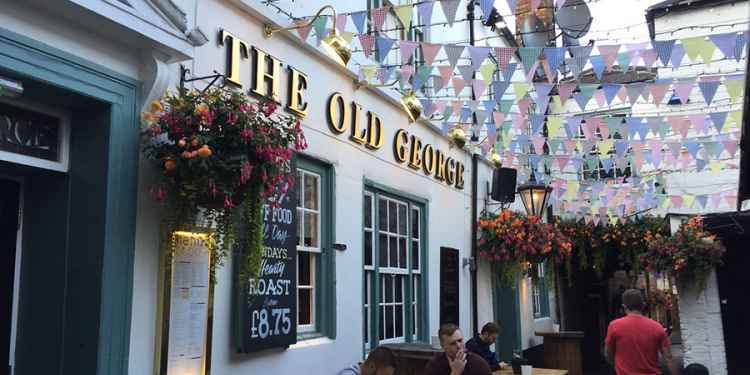
Tyne And Wear
Old George Inn
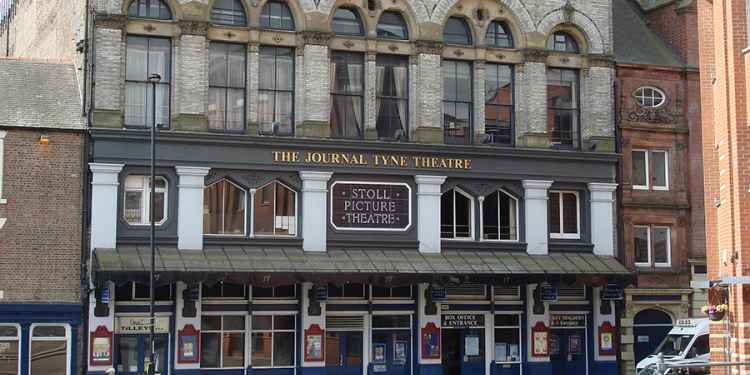
Tyne And Wear
The Tyne Theatre

Tyne And Wear
Literary & Philosophical Society
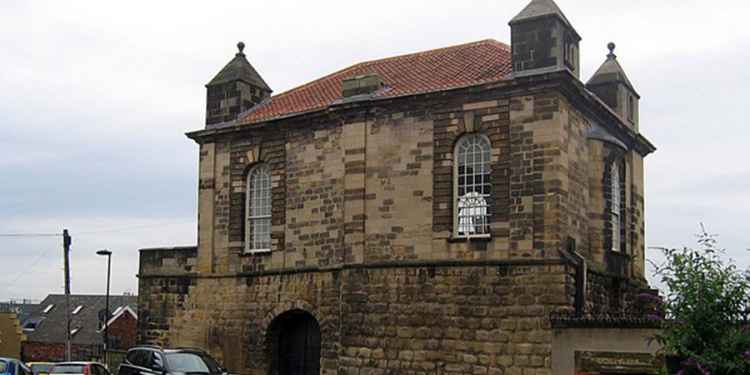
Tyne And Wear
Sallyport Tower
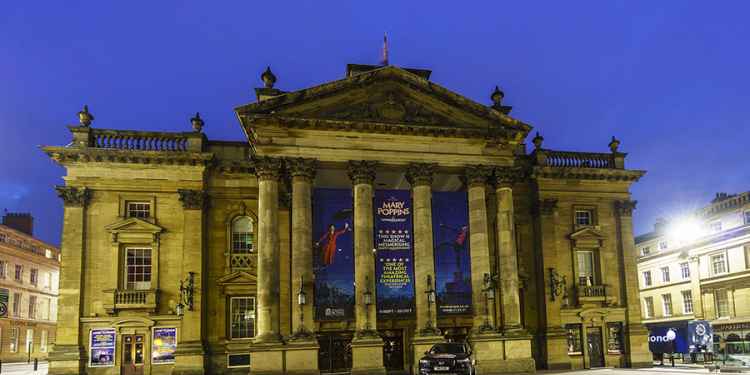
Tyne And Wear
The Theatre Royal
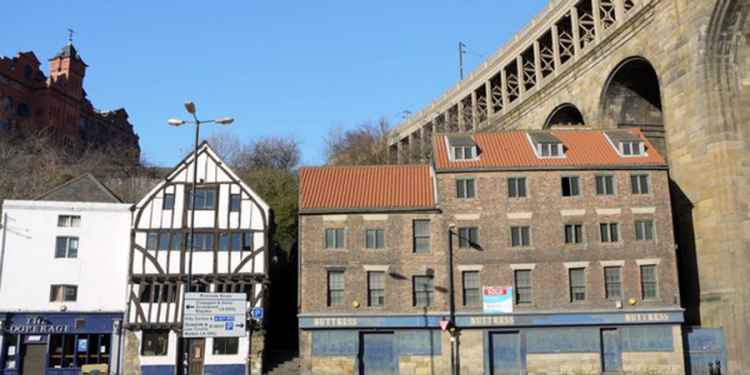
Tyne And Wear
The Cooperage Pub
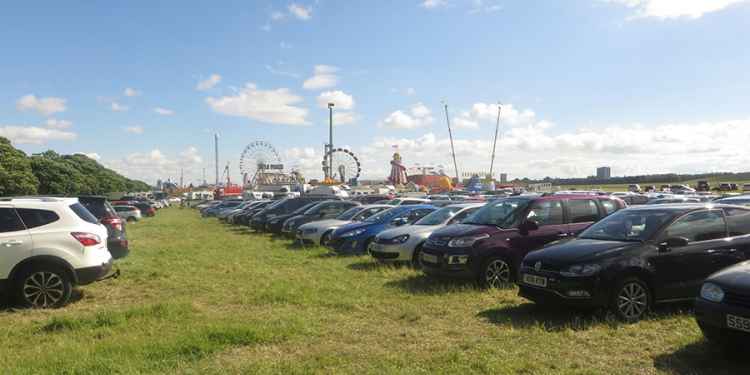
Tyne And Wear
The Town Moor
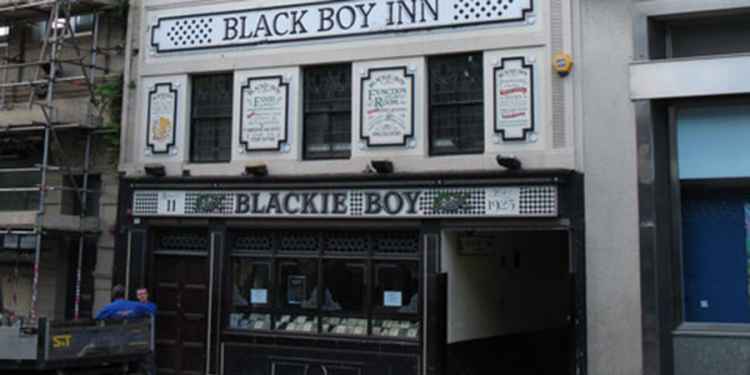
Tyne And Wear
The Blackie Boy
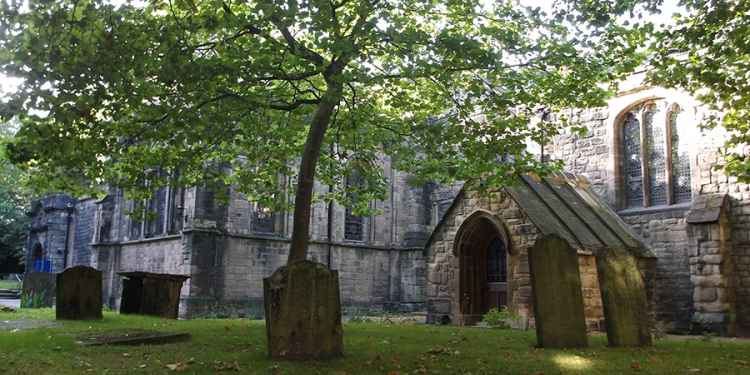
Tyne And Wear
St. Andrew's Churchyard
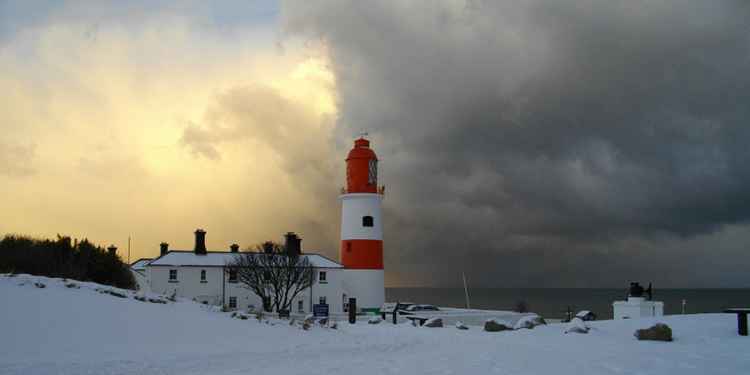
ParanormalFebruary 23, 2019
10 Most Haunted Places In Sunderland
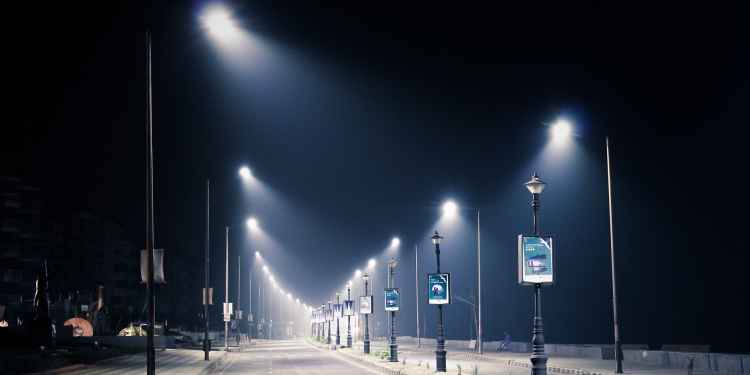
TopicalApril 18, 2018
New Conspiracy Theory: Are Streetlights Being Used By MI5 To Control Our Minds?

S01E04June 18, 2002
Most Haunted At Souter Lighthouse
Learn With Higgypop
Hosted by Paralearning in association with Higgypop, these courses on ghost hunting, paranormal investigations, and occult practices draw on the experience of our team of paranormal writers.
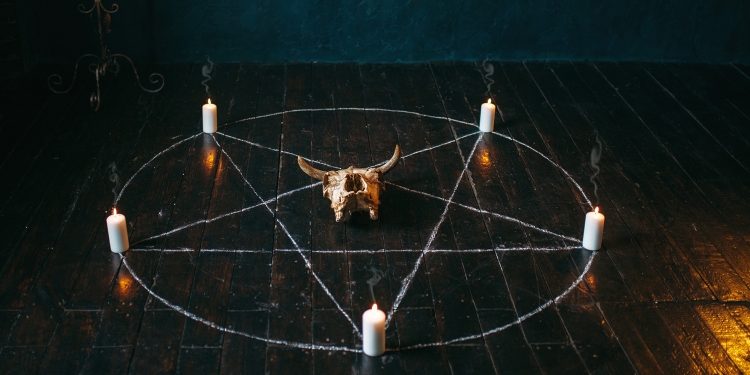
Diploma In Modern Demonology For Paranormal Investigators
This course gives you practical and useful knowledge of ghost hunting and paranormal research, which is invaluable when conducting your own paranormal investigations or as part of a group event.
View Course
Diploma In Capturing & Analyzing Electronic Voice Phenomenon
This course gives you practical and useful knowledge of ghost hunting and paranormal research, which is invaluable when conducting your own paranormal investigations or as part of a group event.
View Course